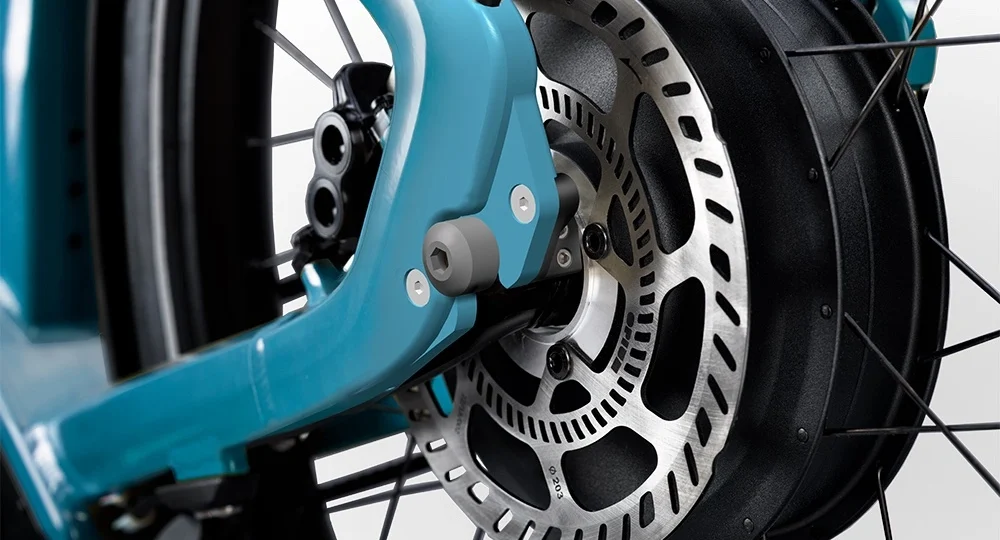
As e-bikes develop, technology is improving performance, efficiency and sustainability. Regenerative braking, for instance, is an e-bike technology: a system allowing the bike to recover energy through slowing down. This makes sense… because the tech as discussed today is present in consumer cars, regardless of whether the vehicle is electric or hybrid… and is now making its way into e-bikes, offering more battery life while also improving riding efficiency.
What Is Regenerative Braking and How Does It Work?
But what is regenerative braking exactly? It is a system using kinetic energy — the one generated by an e-bike when it is in motion — and converting it into electrical energy, which can be recharged in the battery. Traditional brakes lose energy by turning it into heat and waste it, whereas instead it transfers and reuses energy to enhance performance.
The Mechanism Behind Regenerative Braking
- Braking Trigger: The system activates the electric motor when the rider uses the brakes.
- Motor Runs in Reverse: The motor that usually consumes power now turns into a generator, generating electricity from kinetic energy.
- Battery Recharging: The electricity produced flows back into the battery for a reinvigoration.
- Controlled Deceleration: This allows for smooth deceleration while recovering energy.
Key Benefits of Regenerative Braking in E-Bikes
1. Extended Battery Life
This can help to somewhat extend the battery range, decreasing the need to recharge by recovering energy that would otherwise be lost.
2. Increased Energy Efficiency
By reusing the bike’s kinetic energy, this braking system enhances overall energy efficiency, making e-bikes more sustainable and cost-effective.
3. Reduced Brake Wear and Maintenance
As this system lessens dependence on mechanical brakes, significantly lower wear and tear of brake pads leads to less costly maintenance.
4. Enhanced Riding Experience with Regenerative Braking
Brakes like these provide riders with smoother, more controlled braking — a boon on steep descents or when riding in stop-and-go situations.
Limitations and Challenges
Although it has a lot going for it, this technology in e-bikes has some drawbacks:
- Limited Energy Recovery Potential: Because e-bikes are much lighter than cars, the energy recovered is also much less significant.
- Higher Price for Regenerative Braking Systems: This type of braking system will usually make the bike cost more because of the additional technology involved.
- Not Compatible with all E-Bike Models: Not every e-bike motor is compatible with this system and some types of drivetrain systems (such as mid-drive motors) don’t work as effectively with this technology.
The Future of Regenerative Braking in E-Bikes
As battery technology improves and the demand for energy-efficient transportation grows, regenerative braking is likely to become far more common in e-bikes. Manufacturers are constantly improving the technology to make it lighter, more efficient, and affordable for the average rider.
Conclusion
However with regenerative braking, e-bike technology is taking a leap forward and making a smarter and more sustainable ride. Legitimate, it’s not going to have you gain a hundred miles of range, however it will make the vehicle extra environment friendly, protects brake put on and makes for an eco-friendlier commute. As this technology matures, the best is yet to come for electric mobility.
RELATED POSTS
View all

